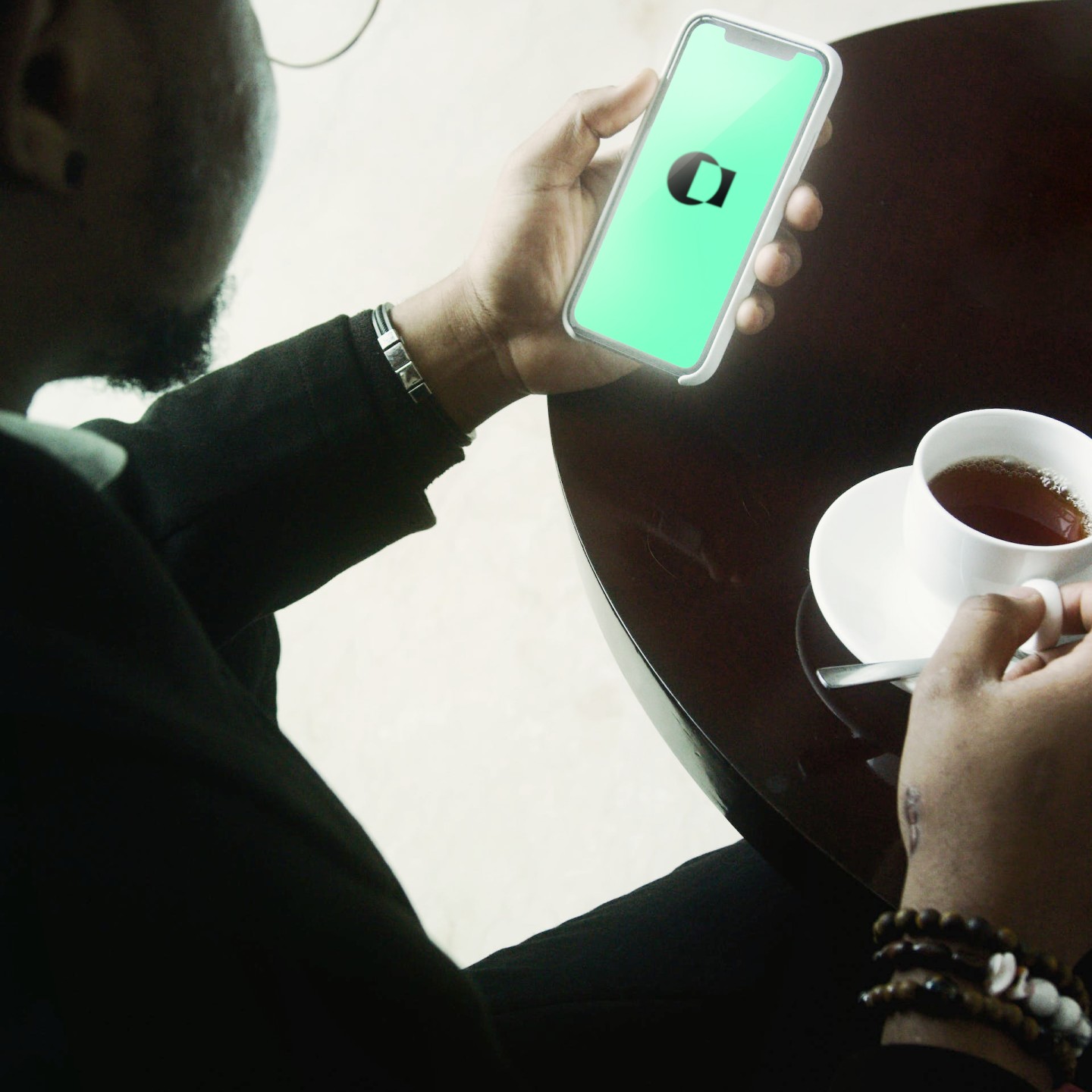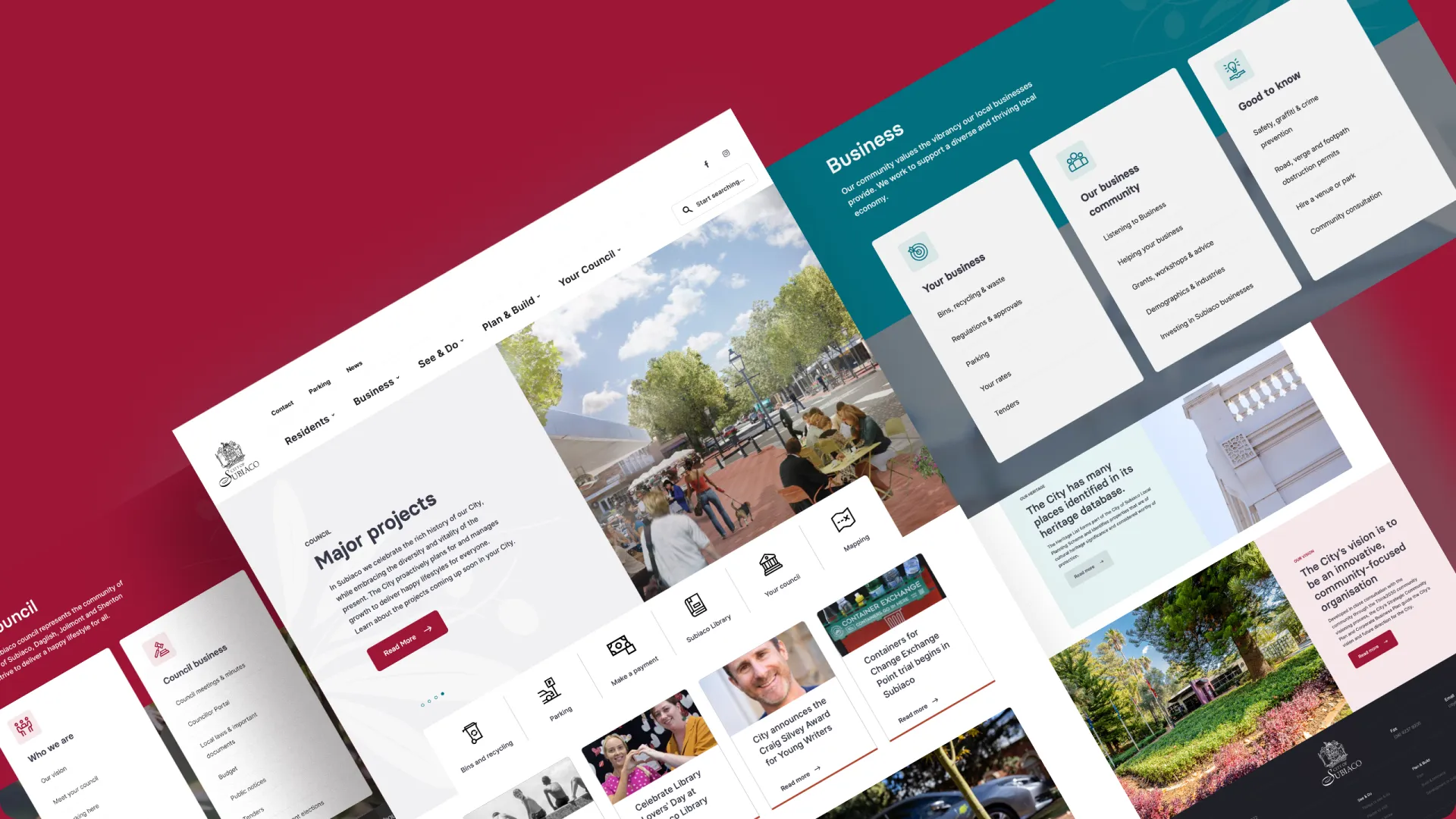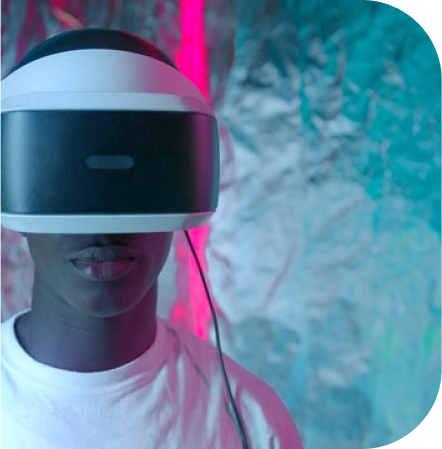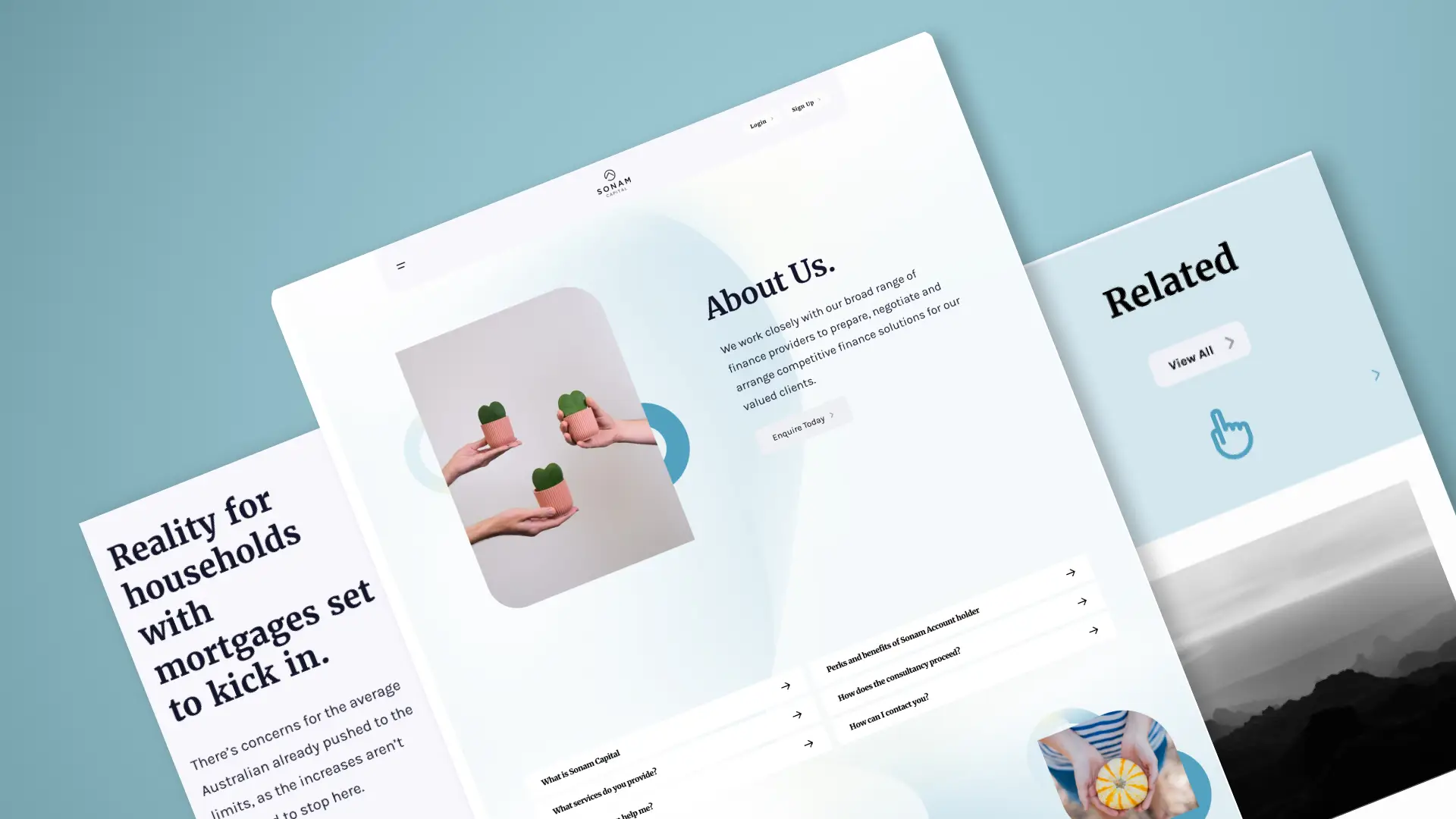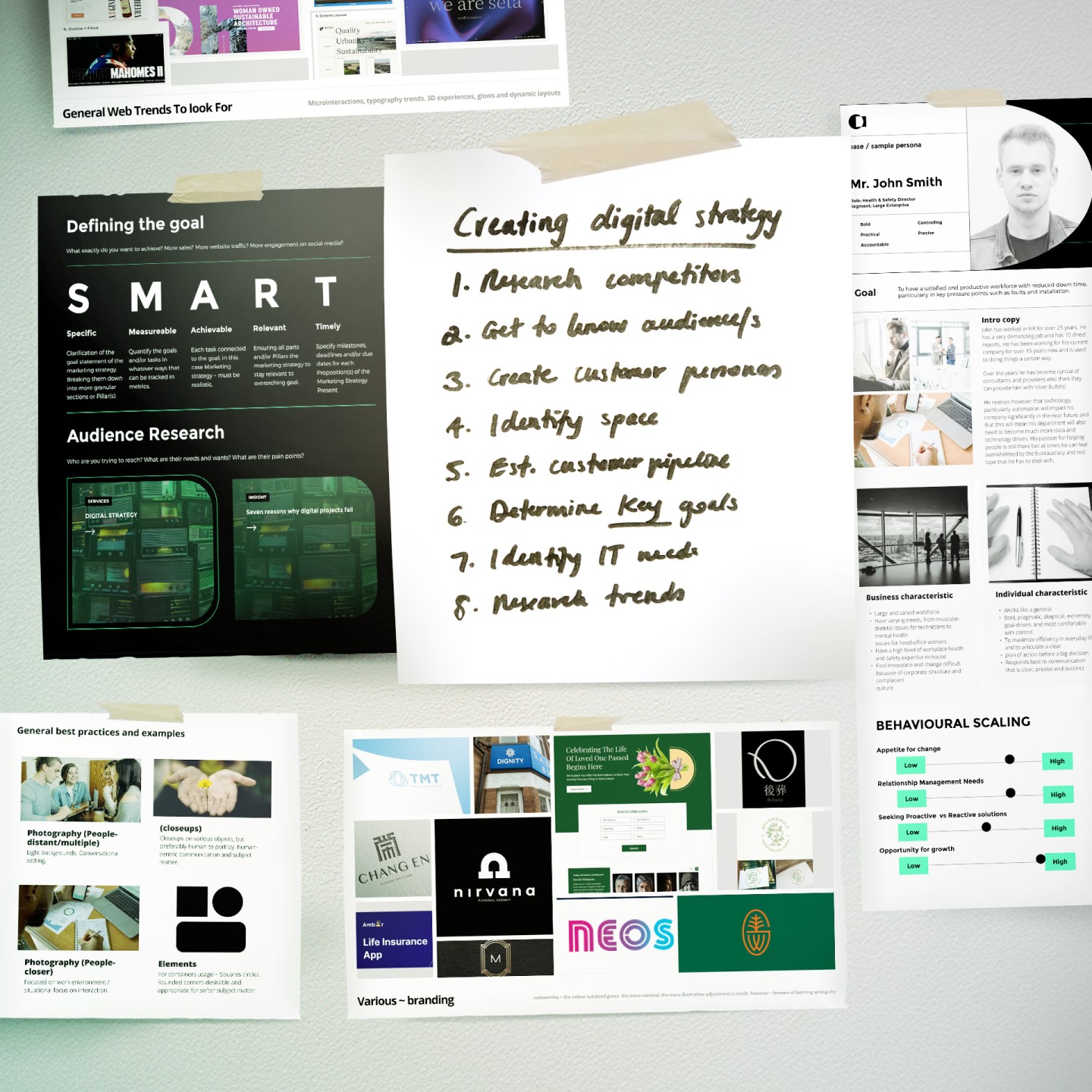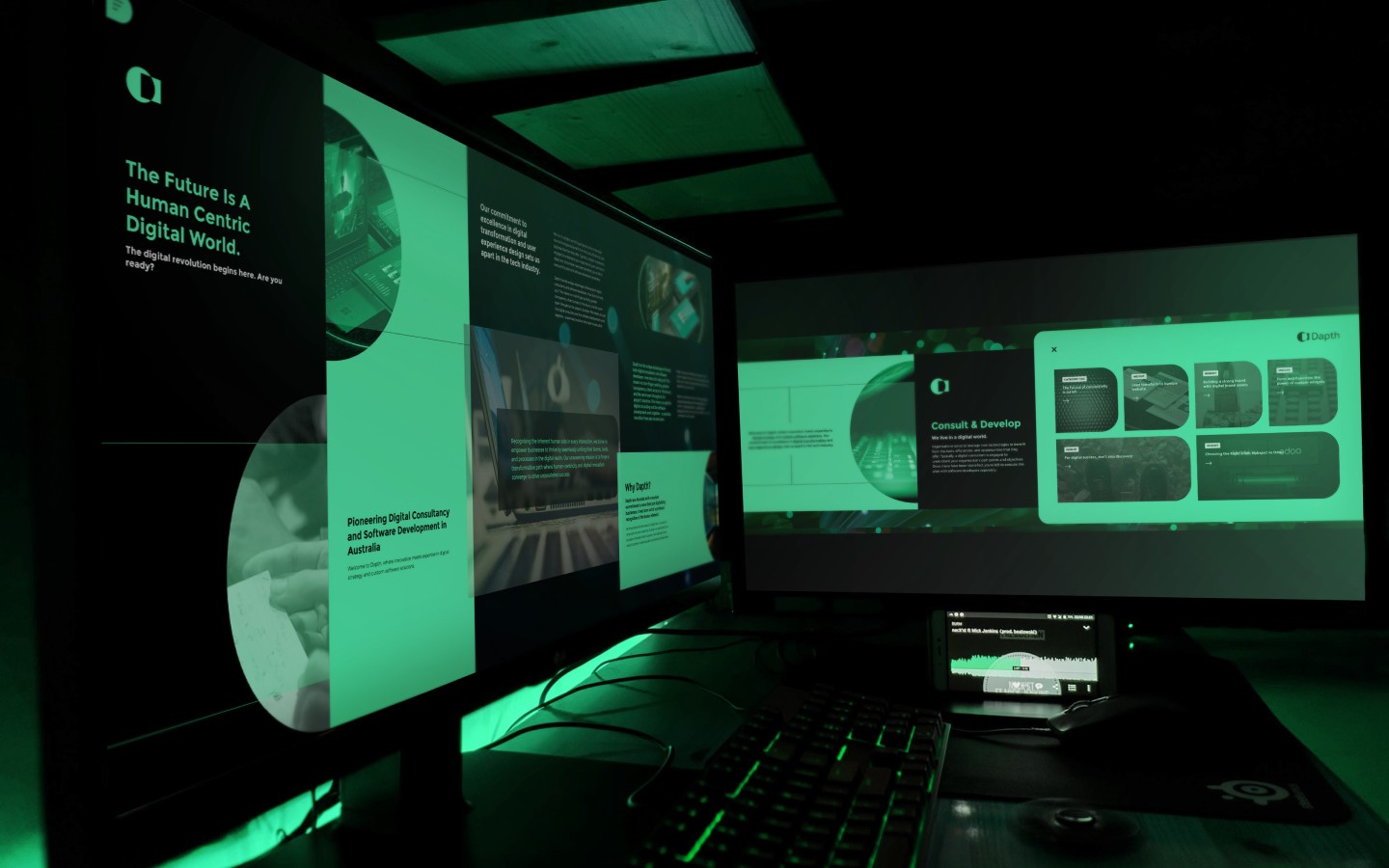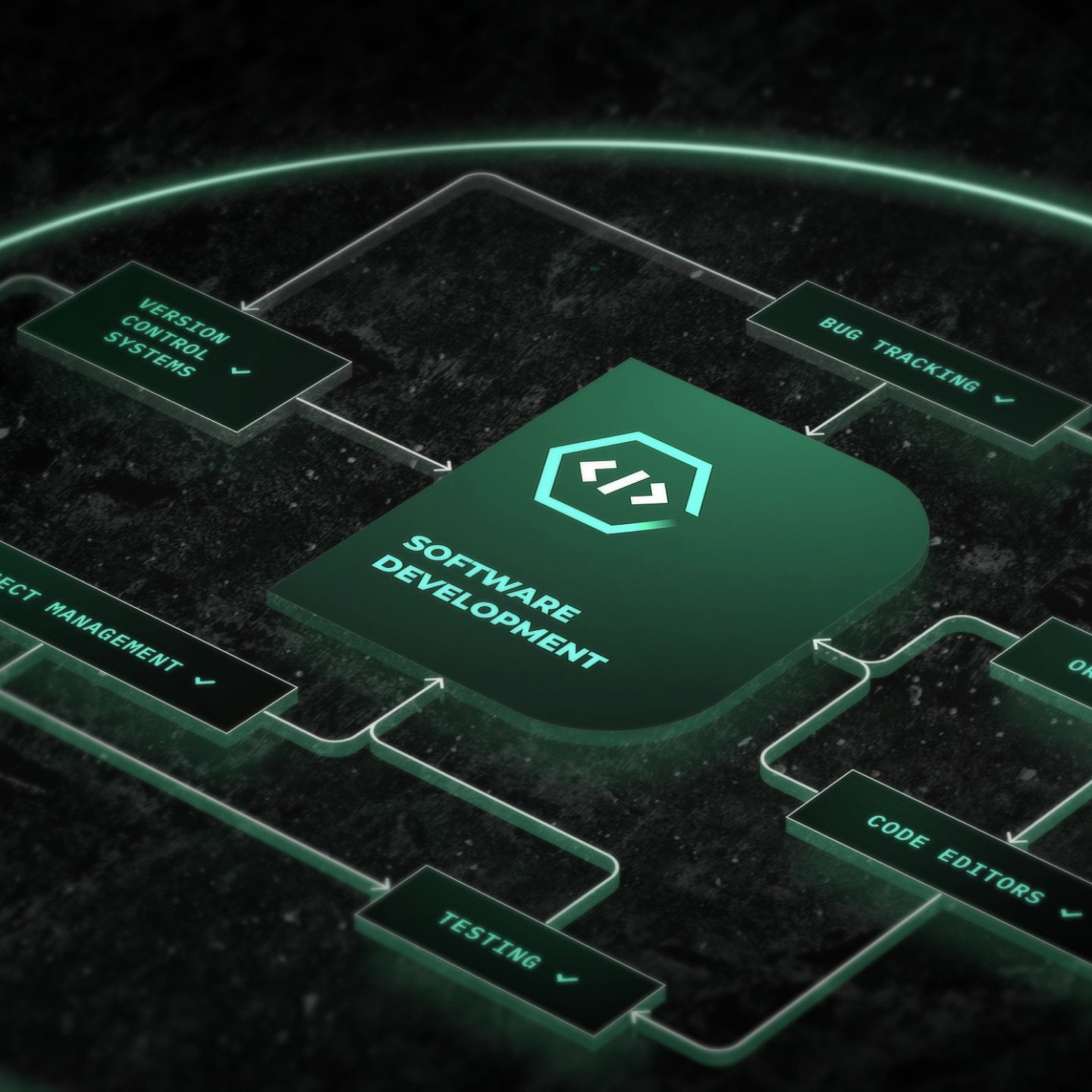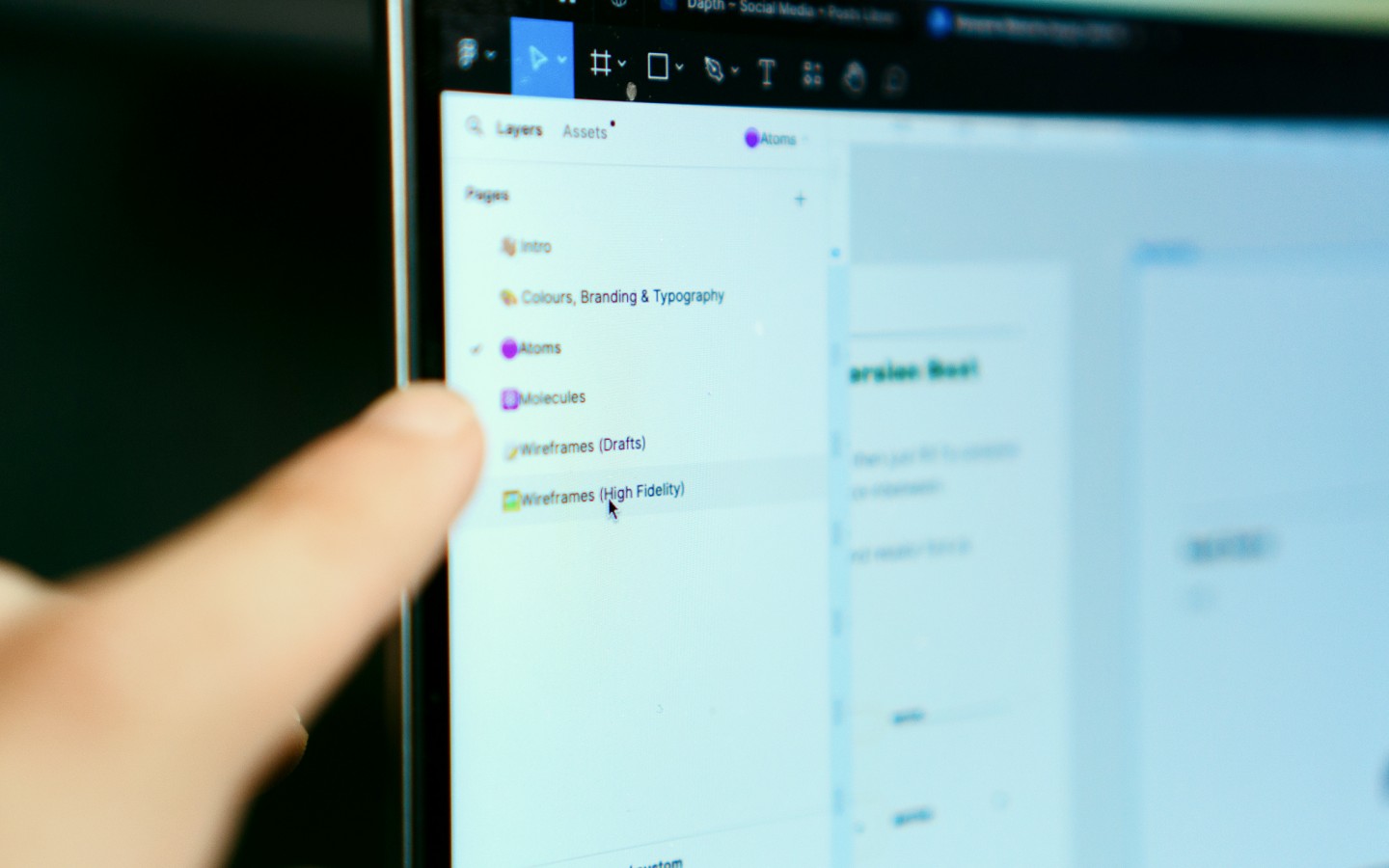
User Experience (UX) is a crucial design process.
It allows teams to create products offering meaningful, highly relevant experiences.
It is focused on building services or products that prioritise user needs; this process encompasses everything from branding and usability to functionality and includes all interactions that a user has with the product or service.
_Research_03.jpeg)
User Experience (UX) research is fundamental to crafting digital experiences that resonate with users. Understanding the user's preferences, needs and behaviour through this research is critical for creating a better user experience.
_Research_04.jpeg)
Understanding the Essence of UX Research
User Experience (UX) research has had a profound effect on shaping user-centric products and services and is a crucial aspect of the product or service development process. It helps to shape and define guidelines for a great user experience. By involving various research methodologies to gather valuable feedback and data from the target audience by interacting with and observing user behaviours, pain points, and needs - you can create something that solves a real user problem.
This research is an integral part of the design process and encompasses different research methodologies to gather qualitative and quantitative data. It is also crucial in creating products that meet user needs and expectations, the backbone of successful design - and guiding teams with data-driven insights and human-centric understanding.
When you employ a mix of both attitudinal and behavioural research methods, you can obtain a holistic view of the user. Understanding user needs and behaviour is vital in developing products or services that provide a great user experience (UX).
User research allows designers and developers to gather valuable feedback and data from the target users to make informed design decisions. This enables user-centred designs that address real user problems and a product that is more likely to succeed. User research involves using various methodologies to observe and interact with users to understand their behaviours, pain points, and needs. The insights gathered from this research can then be used to define guidelines for a great user experience and shape the product's future.
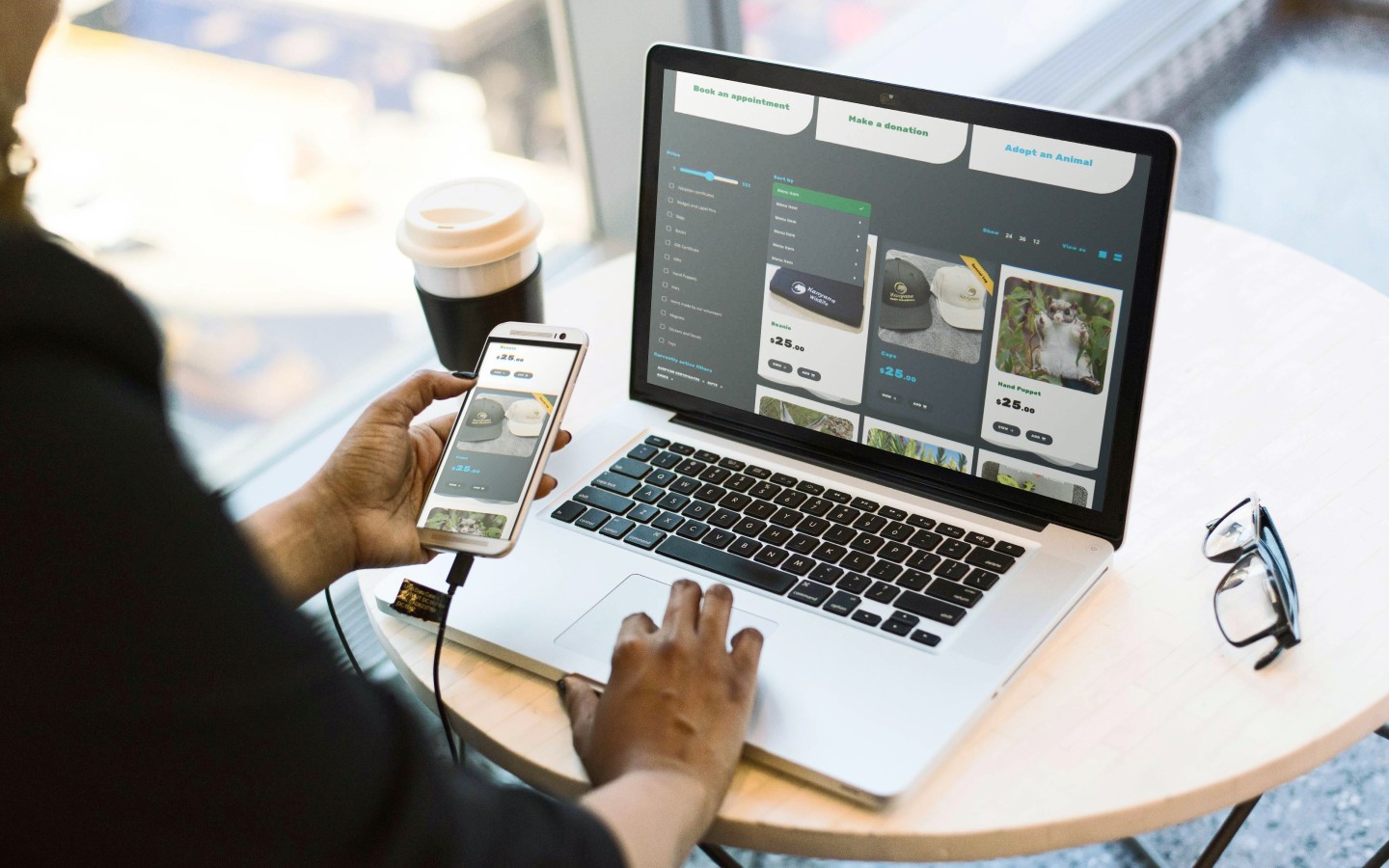
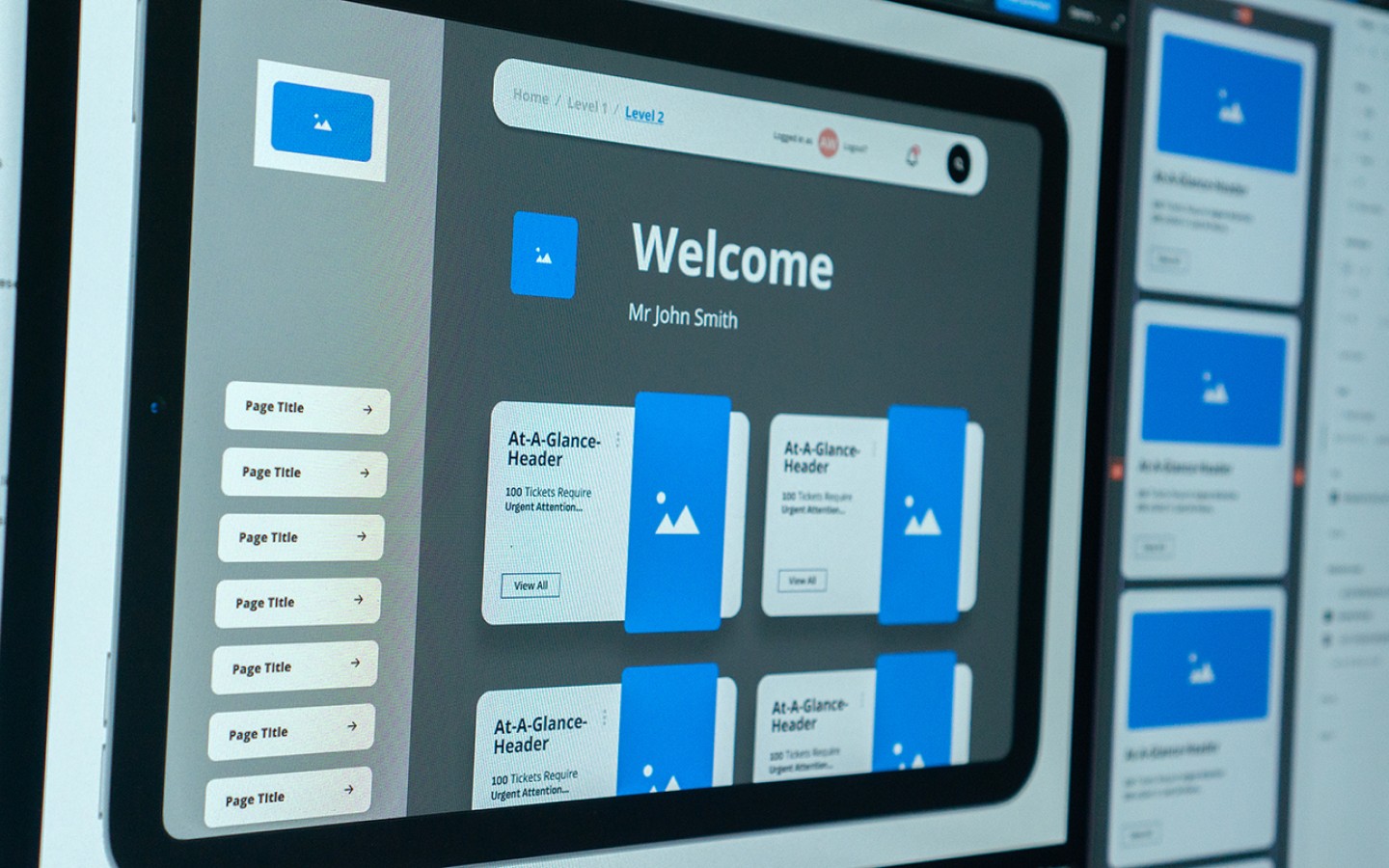


Exploring Key Components of UX Research
There are many effective methodologies and techniques within UX research; ranging from qualitative to quantitative approaches. Choosing the most suitable method is essential based on project goals and objectives.
Qualitative UX research involves gathering descriptive data that focuses on how people think and feel. This includes opinions, problems, reasons, and motivations. On the other hand, quantitative research involves collecting numerical data that can be measured and analysed using statistics - used to quantify the opinions and behaviours of users.
User research often involves both qualitative and quantitative methods to gain a more comprehensive understanding of the problem. The data collected can then be applied to an existing product to improve the user experience or to a new product/service to provide the foundation for a robust user experience.
The main goal of user research is to provide context to the design project and help comprehend the problem that requires solving. During the design process, UX research assists in:
- Identifying challenges and issues
- Verifying or refuting assumptions, and
- Identifying patterns and similarities among users
Designing without UX research means that you are relying on assumptions, which makes it almost impossible to determine the needs and pain points that the design should address. Therefore, user research helps to keep the user stories at the centre of the design process. Selecting appropriate methods based on the project's aims and objectives is crucial.
10 of the most common UX research methods include:
- User interviews
- Focus groups
- Surveys
- Diary studies
- Field studies
- Card sorting
- Tree testing
- Usability testing
- Prototype testing
- A/B testing
To select the appropriate research (UX) method, consider your research objectives and product development lifecycle stage.
_Research_05.jpeg)

User-Centered Design Principles
User-centered design principles are central to effective UX research and design practices, and user research methods - which aim to create meaningful user experiences. User-centered design (UCD) is an iterative design process that prioritises users and their needs at every stage of the design process. UCD involves users in the design process through UX research to gain insight into their preferences and behaviours regarding product features. To ensure a smooth and delightful user experience, every customer interaction with the site is analysed.
There are several major principles of user-centered design including:
- Early, active involvement of the user during the design process
- Clarification of user and task requirements
- Incorporation of user feedback into the product’s lifecycle
- Improvement of the product using an iterative design process.
Design teams use different research and design techniques to involve users throughout the design process. This is called User-Centered Design (UCD). UCD helps to create products that meet user needs by focusing on user experience and needs. Understanding user’s thoughts, feelings, and goals helps to develop specific product requirements. This approach can help decrease personal bias since every decision is based on testing and research. Ultimately, UCD helps to create highly usable, accessible products.
User-centred design is trendy, and user research has become an essential component of every level of product development, particularly for design choices. UX design uses user research to create products and marketing tools that meet their target users' specific needs, wants, and quirks. Ultimately, UCD can help improve customer retention and satisfaction by creating products that truly meet users' needs.
Establishing Research Objectives
Defining clear research objectives is a crucial starting point that helps to guide the investigation in the right direction. Clear research objectives should be specific, measurable, achievable, relevant, and time-bound. It is also important to ensure that the research goals are aligned with the broader project goals to achieve optimal impact. When research objectives are aligned with project goals, it becomes easier to identify the research questions that need to be answered and the appropriate research methodology to use. In addition, proper alignment of research goals with project goals helps to ensure that the research project is contributing to the overall success of the project.
- Understand project goals
- Identify key research questions
- Prioritise research objectives
- Define clear, measurable objectives/goals
- Align objectives with stakeholders
- Communicate the importance of alignment
- Continuously evaluate and refine these objectives
User Persona Development
One of the crucial aspects of user experience research is creating user personas. User personas are archetypes that represent important audience segments and aid designers in tailoring experiences. To create personas, you need to identify the common behaviour, goals, needs, skills, background, and attitudes of your target audience. Through creating personas, you can show your team examples of the users you are building your product/service form, which can help you better understand your audience and design experiences that meet their needs and expectations.
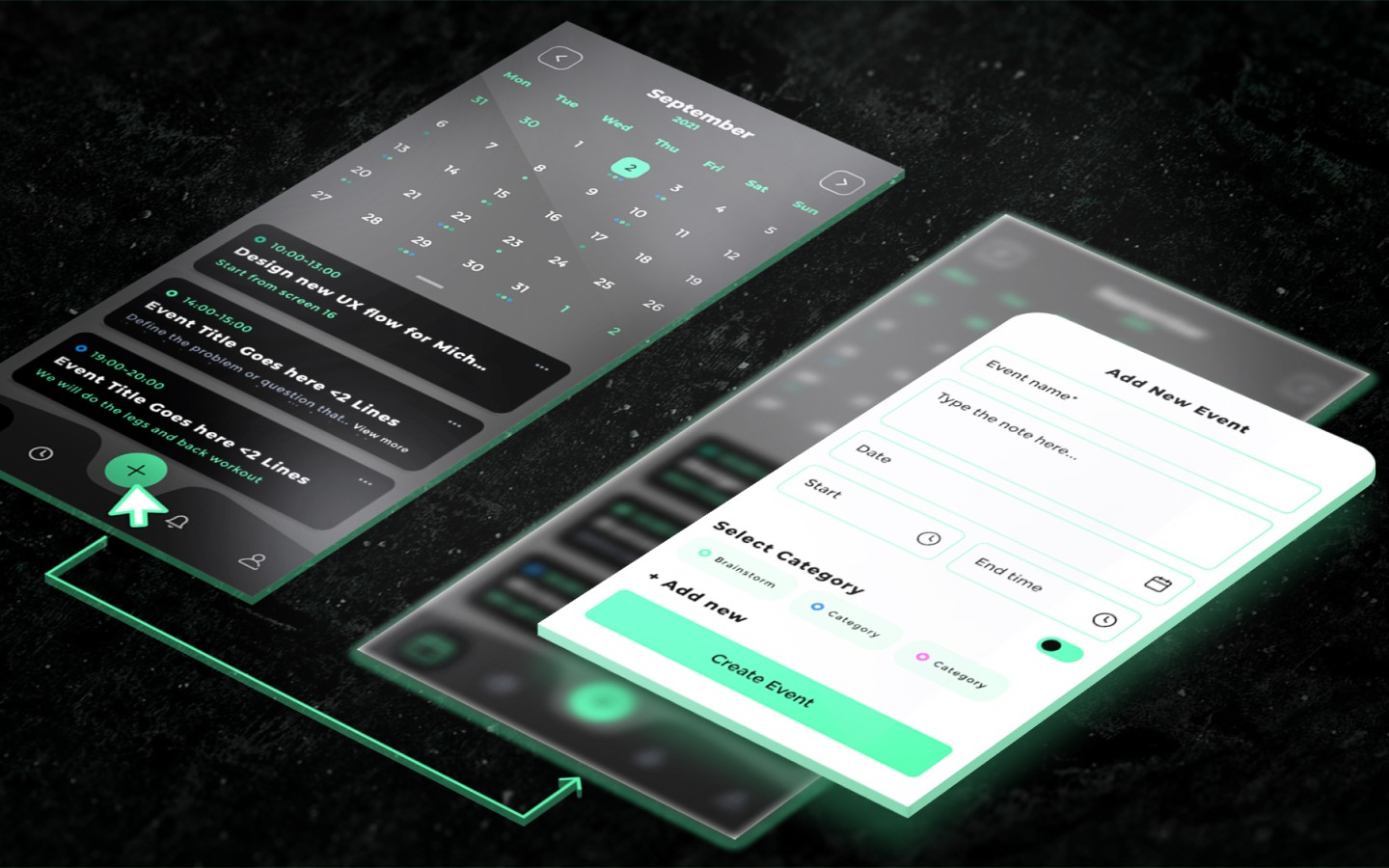
Usability Testing
Usability testing is a crucial technique used in user-centred interaction design to evaluate a product by testing it on real users. It provides direct input on how users interact with the system, revealing the authentic user experience. Usability testing is proven to be an effective method for assessing a product, reducing development costs, and increasing user satisfaction and brand reputation. It also helps combat cognitive biases and makes the product more accessible.
There are different types of usability tests, including qualitative or quantitative testing, moderated and unmoderated testing, and remote or in-person testing. Each type has its own advantages, and the best one to choose depends on the specific needs of the project. Regardless of the type, usability testing helps uncover issues and validate design solutions through fundamental user interactions. It is an unsung hero that ensures highly tailored products that meet user needs.
Data Analysis and Interpretation
When it comes to User Experience (UX) research, the process of collecting, analysing, and interpreting data is crucial. This data helps to refine design elements and optimise user interfaces, leading to a better overall user experience. Standard data collection methods for user experience research include various forms of surveys, such as online surveys, in-person interviews, and focus groups.
These methods allow researchers to gather valuable feedback and insights from users, providing a deeper understanding of their needs, preferences, and behaviours. Once collected, this data is analysed and interpreted to identify key trends and patterns - which can then be used to inform design decisions and improve the overall usability. Therefore, the role of data-driven insights must be balanced when it comes to creating effective and successful UX designs.
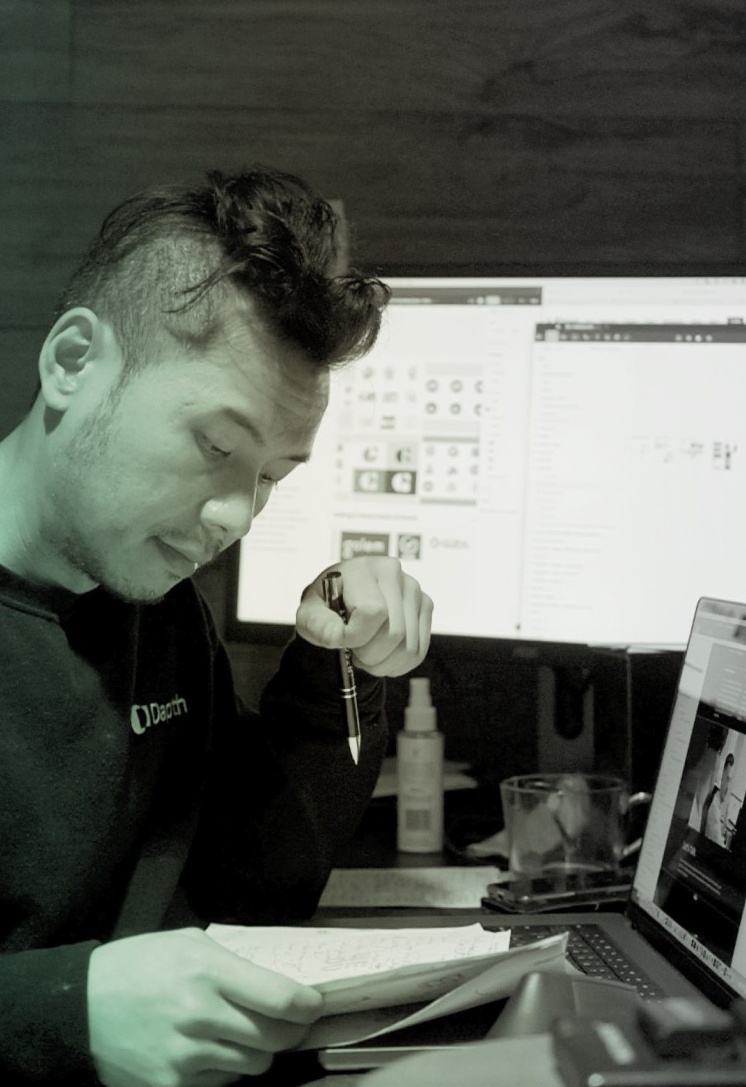
Continuous Iteration
Incorporating feedback loops and continuously improving your work based on research findings can add great value. The iterative design process allows you to go back to the very first stage of the design process if something isn't working, and prototyping is at the core of the iterative design process.
It involves making tangible designs so that they can be tested to see if they work before moving into production. Prototyping is a cost-effective method to see if the design will perform in the desired way - and also helps in examining additional alternatives. It's best not to get too attached to a design as nothing is more counterintuitive than a designer being too stubborn to admit they could do better.
How a user-focused iterative approach benefits
Iterative design is all about creating user-focused products, whether you begin small with iterating on a specific CTA or you plan to redesign an entire application. Design in iterations enables learning along the way, using feedback and trial and error.
An iterative process saves the most amount of time because it regularly provides user feedback leading to a steady pace of progress. Iterative design is a fundamental approach in UX design that involves a repetitive refining process based on user feedback and insights. These findings can help designers make informed decisions and lead to a more user-centred product. Iterative design is a fundamental approach in UX design that involves a repetitive process of creating, testing, refining, and improving design based on both user feedback and insights. This leads to informed decisions and leads to a more user-centred product. Iterative UX design thinking fosters creative solutions (allows teams to brainstorm, ideate, and review), and the entire process relies on user feedback.
Maximising the Impact of UX Research
Effective UX research has driven the success of digital products and services, and a robust research foundation that enhances user satisfaction, engagement, and overall success.
One of the first challenges that UX researchers face is defining the research scope. This involves deciding which questions to ask, what methods to use, what data to collect, and how to measure the outcomes. A poorly defined scope can result in wasted time and resources.
Other challenges include recruiting the right participants for research, dealing with bias and uncertainty, communicating research insights to stakeholders, collaborating with other roles, and keeping up with industry trends.
Looking To The Future
Anticipating emerging trends in UX research and the evolving role of researchers in shaping the digital landscape is crucial. It is important to encourage professionals to stay up-to-date with industry advancements and continuously refine their research methodologies. With a growing emphasis on accessibility and diversity, UX researchers must incorporate inclusive design principles into their methodologies. This involves understanding and accommodating the needs of users with disabilities, cultural backgrounds, and varying levels of technological literacy. Additionally, AI and machine learning are becoming increasingly relevant in UX research.
Adopting a continuous research mindset is one of the latest trends in UX research. Product organisations need to understand their customers to stay competitive. With continuous research, they can keep up with emerging trends in UX research, such as micro-interactions. These small, subtle elements make digital interactions more fun and appealing and make user interfaces more engaging.
Sustainability in UX research
Another emerging trend in UX research is sustainability. UX professionals should consider eco-friendly and responsible design choices to help reduce their impact on the environment. Personalisation is also essential to give users what they want and need. With the proliferation of voice assistants, AR, VR, and other technologies, UX researchers must explore how users interact with multimodal interfaces. Emotional design is another growing trend in UX research, focusing on measuring emotional responses and engagement within user experience. Researchers should also consider ethical considerations such as data privacy and advocating for user privacy and consent.
Encouraging knowledge sharing and collaboration
To encourage individuals to stay informed and refine their methodologies, there are several ways to facilitate knowledge-sharing and collaboration, such as training programs, workshops on emerging trends, conferences, meetups, and online communities. Encouraging interdisciplinary collaboration between various stakeholders can lead to innovation and problem-solving. A culture of experimentation and iteration, where researchers are encouraged to test new ideas, gather user feedback, and continually refine methodologies based on real-world insights is also essential.
By staying informed about emerging trends, embracing interdisciplinary collaboration, and prioritising ethical considerations, researchers can play a vital role in shaping the digital landscape, creating more inclusive, engaging and ethical UX.

The Takeaway
User experience research is a fundamental aspect of creating exceptional digital products. Conducting effective research allows designers to understand user needs, preferences, and behaviours, which in turn helps them to create designs that are both functional and visually appealing. By leveraging insights gained from user research, professionals can create digital experiences that are tailored to meet user needs and expectations.
It is essential that professionals adopt a research-driven mindset when designing digital products. This involves conducting research at every stage of the design process, from the initial concept stage to the final product launch. By doing so, designers can continuously refine and improve their designs, ensuring that they are always aligned with user needs and preferences.
User experience research is paramount in achieving design excellence and user satisfaction. Professionals who embrace a research-driven mindset and leverage insights gained from user research are more likely to create unparalleled digital experiences that meet the ever-evolving needs of users.
Frequently Asked Questions
User research involves studying and understanding the behaviours, needs, and preferences of users to inform the design and development of products or services.
An example of user research could be conducting interviews, surveys, or usability tests to gather insights into how users interact with a website or app.
User research methods include conducting interviews, surveys, usability testing, and analysing user feedback to gather insights into user behaviours, needs, and preferences.
User research and UX research are often used interchangeably, but user research typically focuses on understanding user behaviours, needs, and preferences, while UX research encompasses a broader range of research activities related to user experience, including usability testing and user journey mapping.
Qualifications for a user researcher often include a background in psychology, human-computer interaction, or a related field, as well as experience with research methods such as qualitative and quantitative data analysis.
The goals of user experience research include understanding user behaviours, needs, and preferences, identifying usability issues, informing design decisions, and ultimately improving the overall user experience of a product or service.

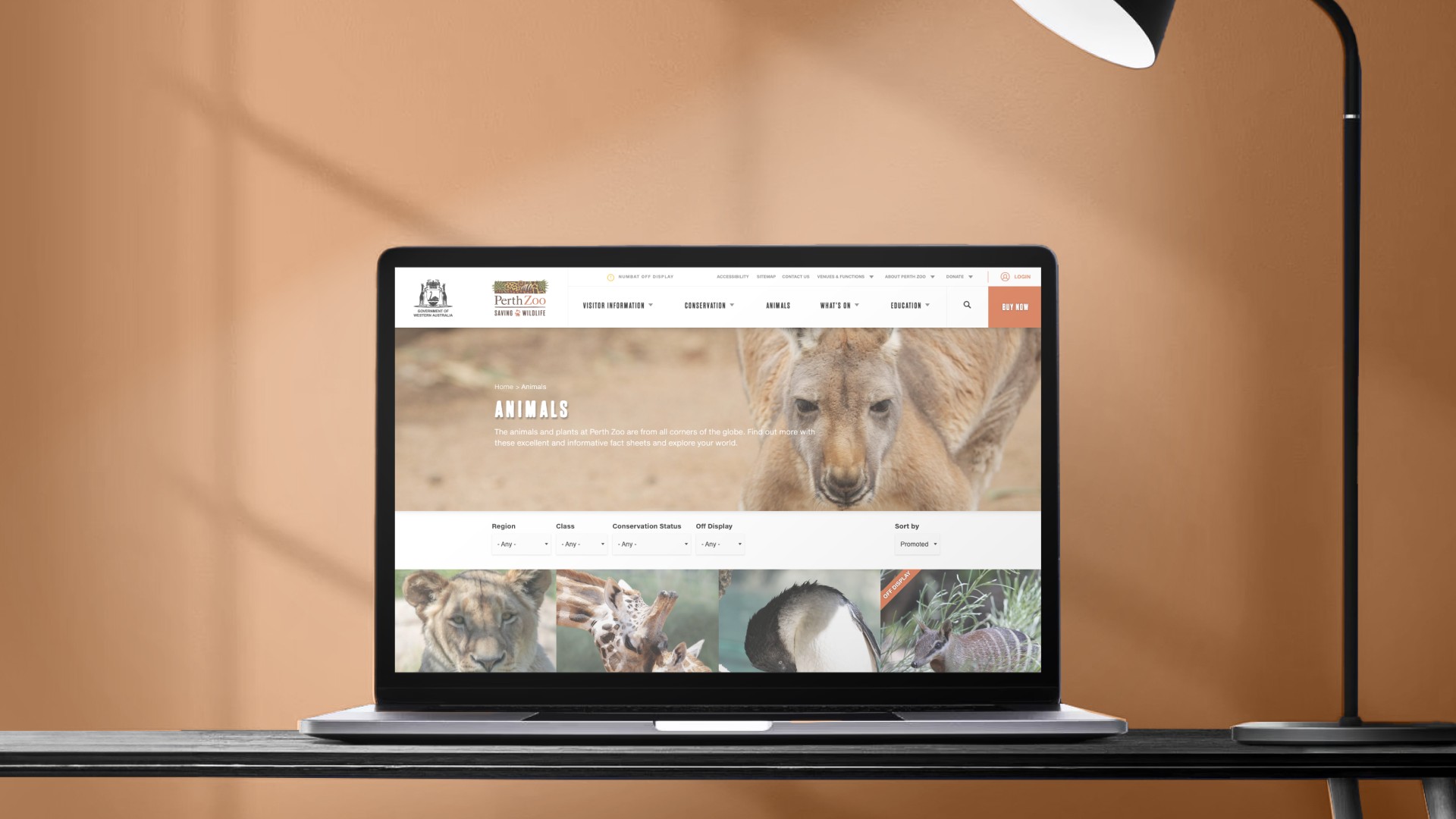

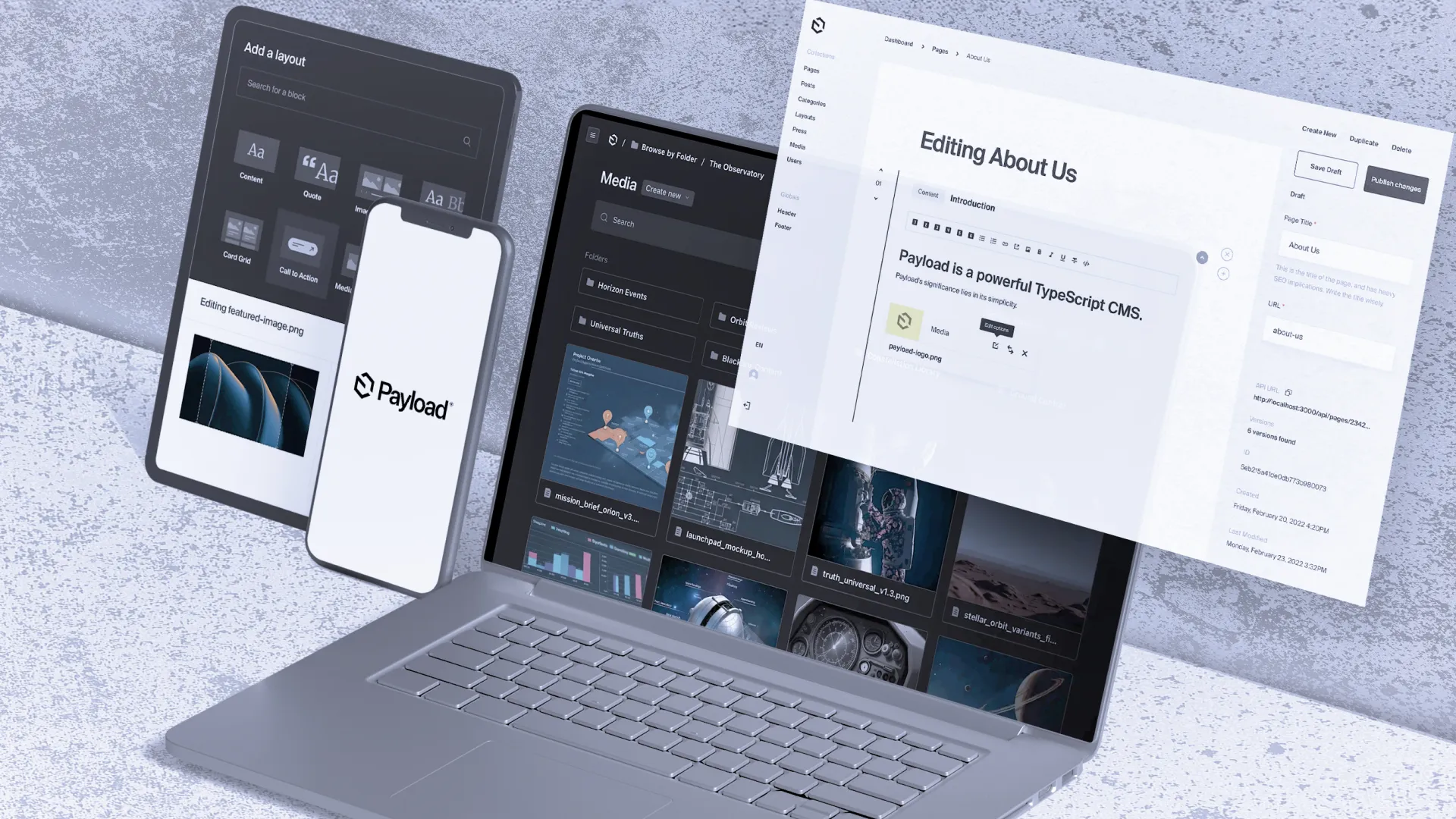

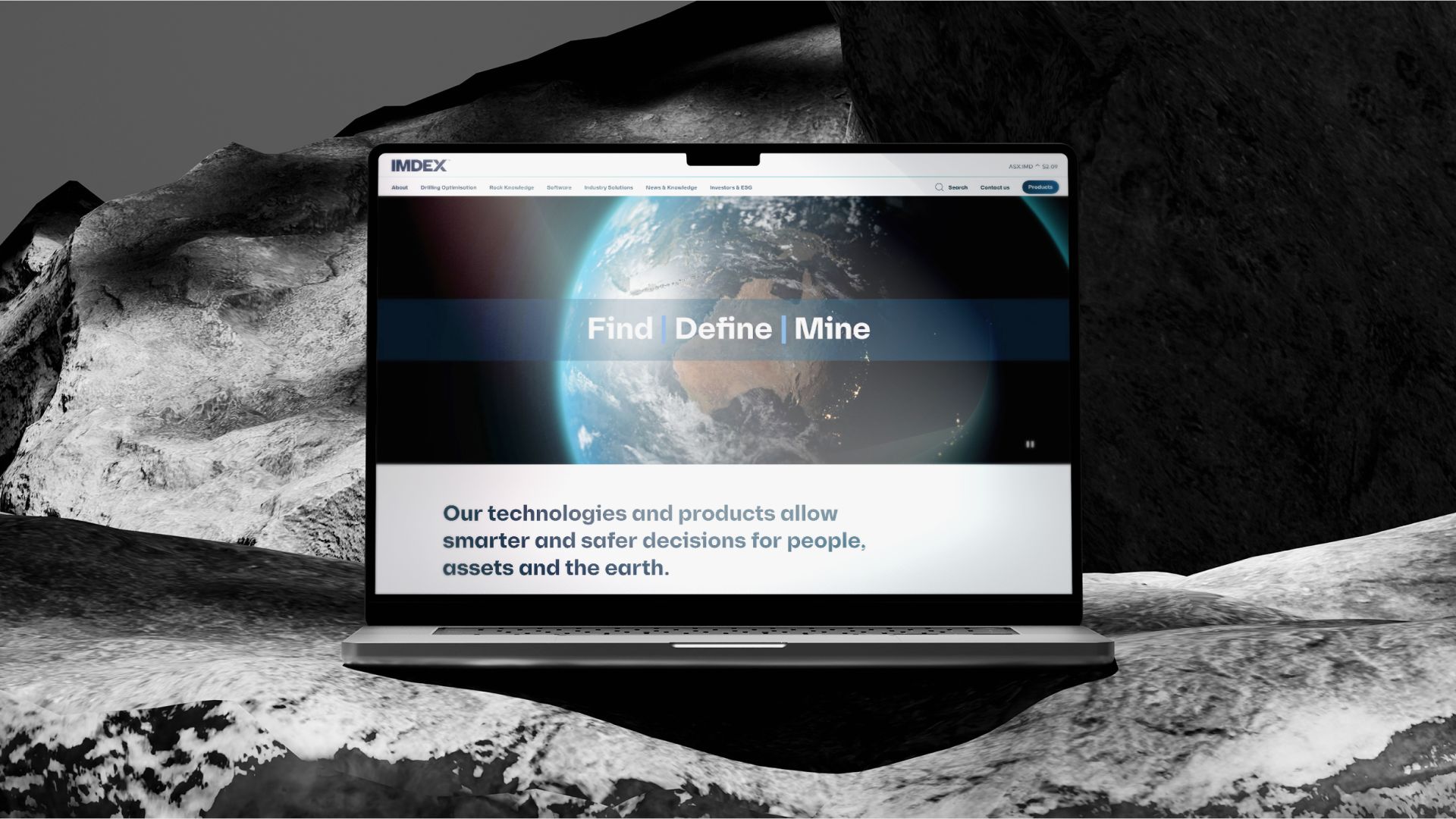
_web.webp)

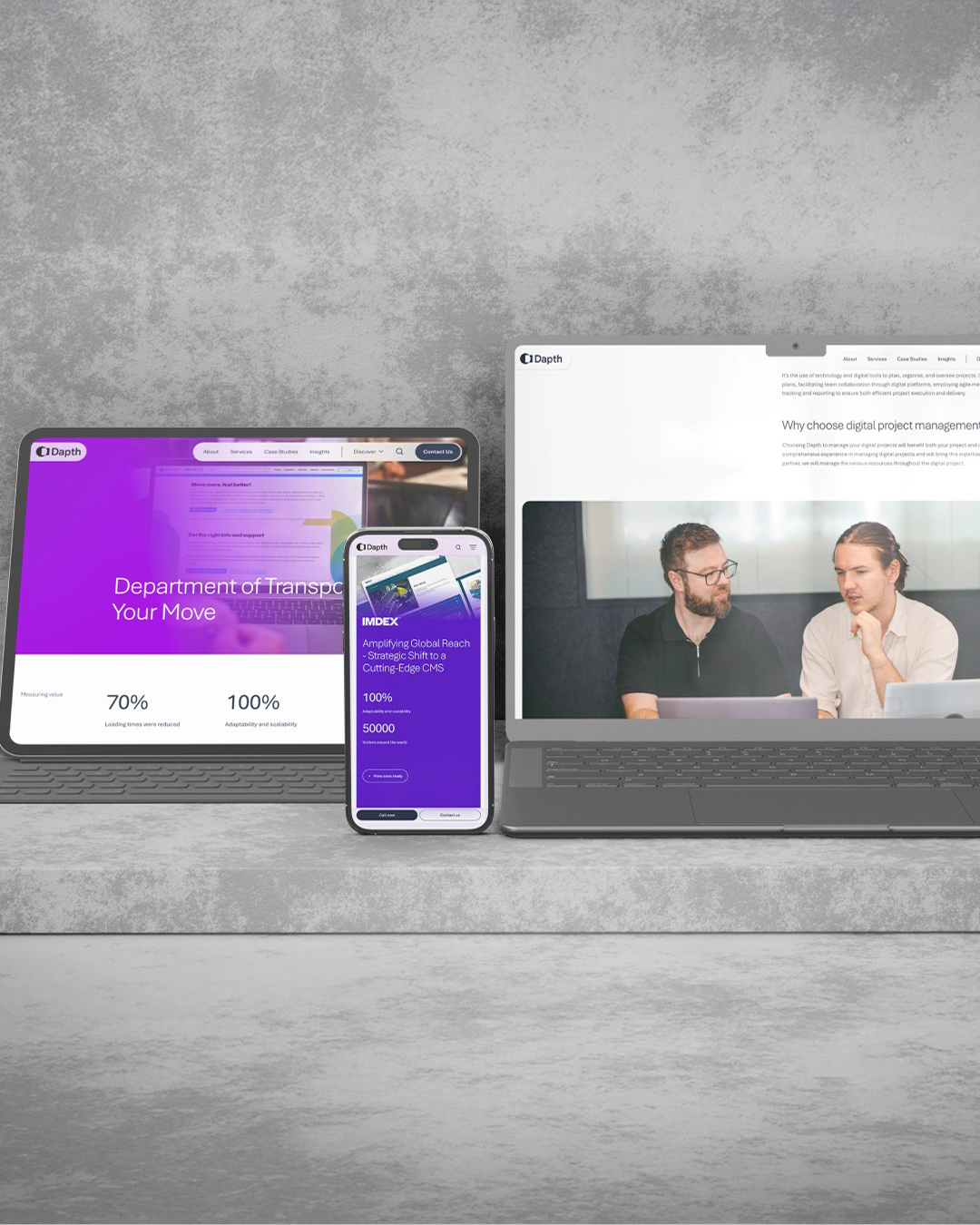



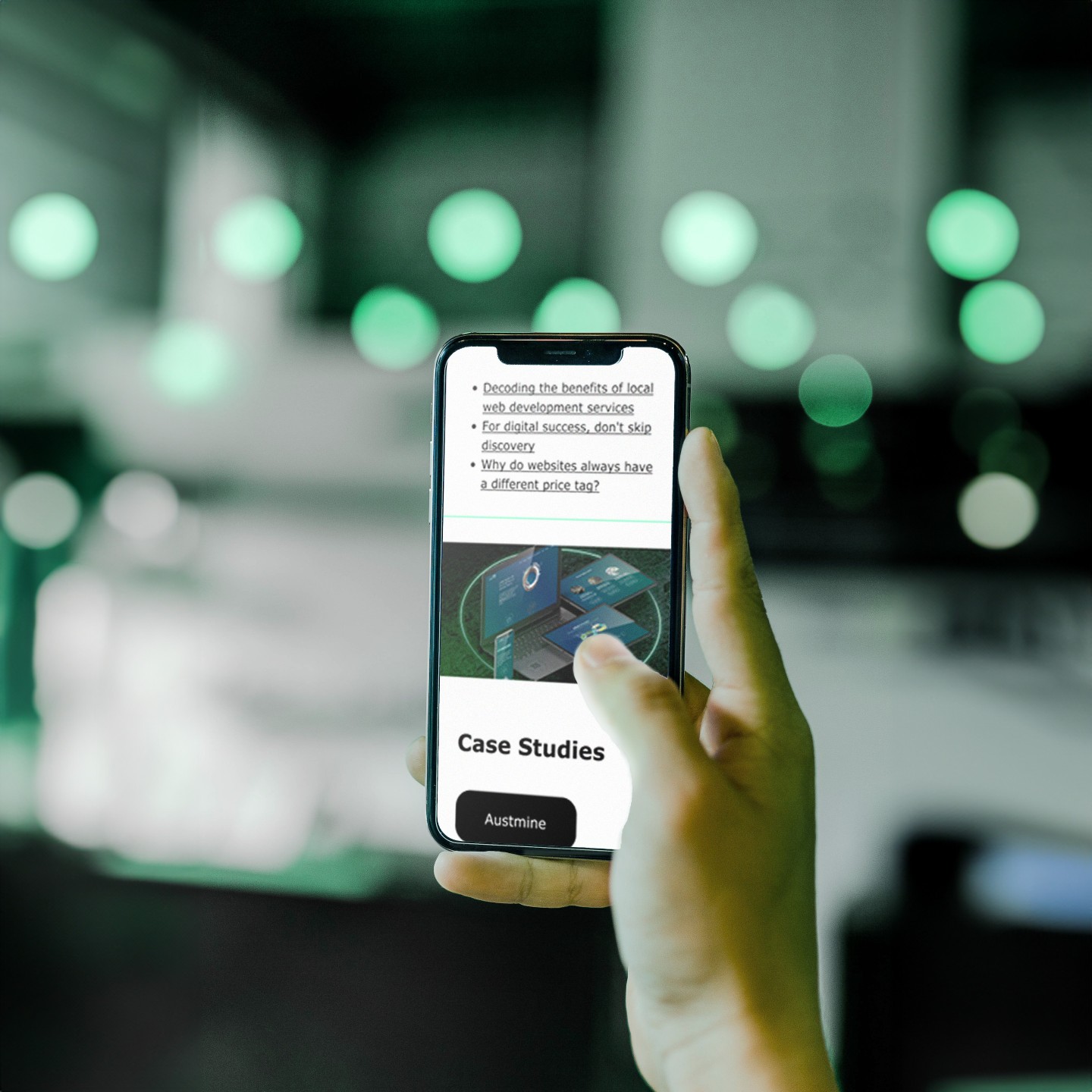
















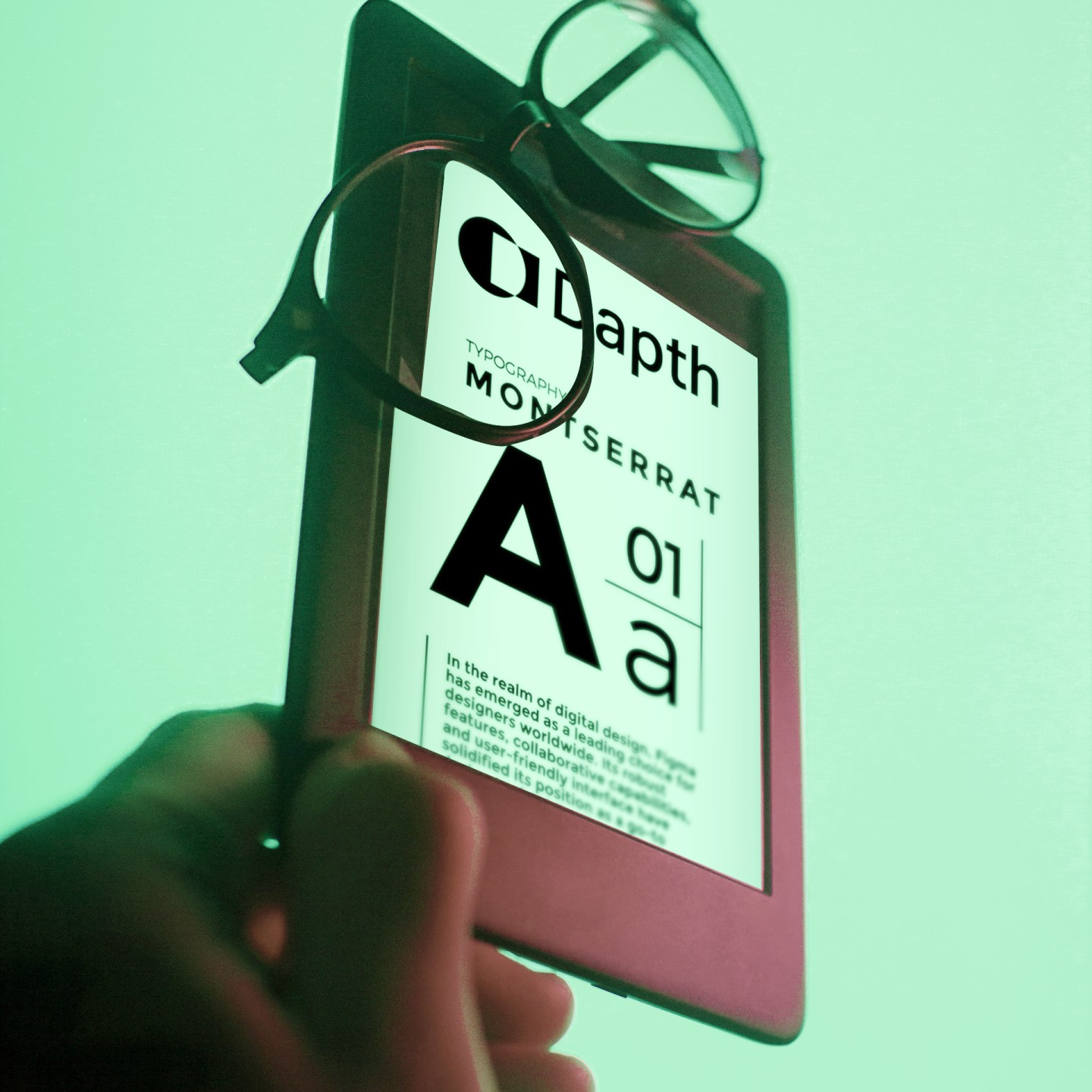







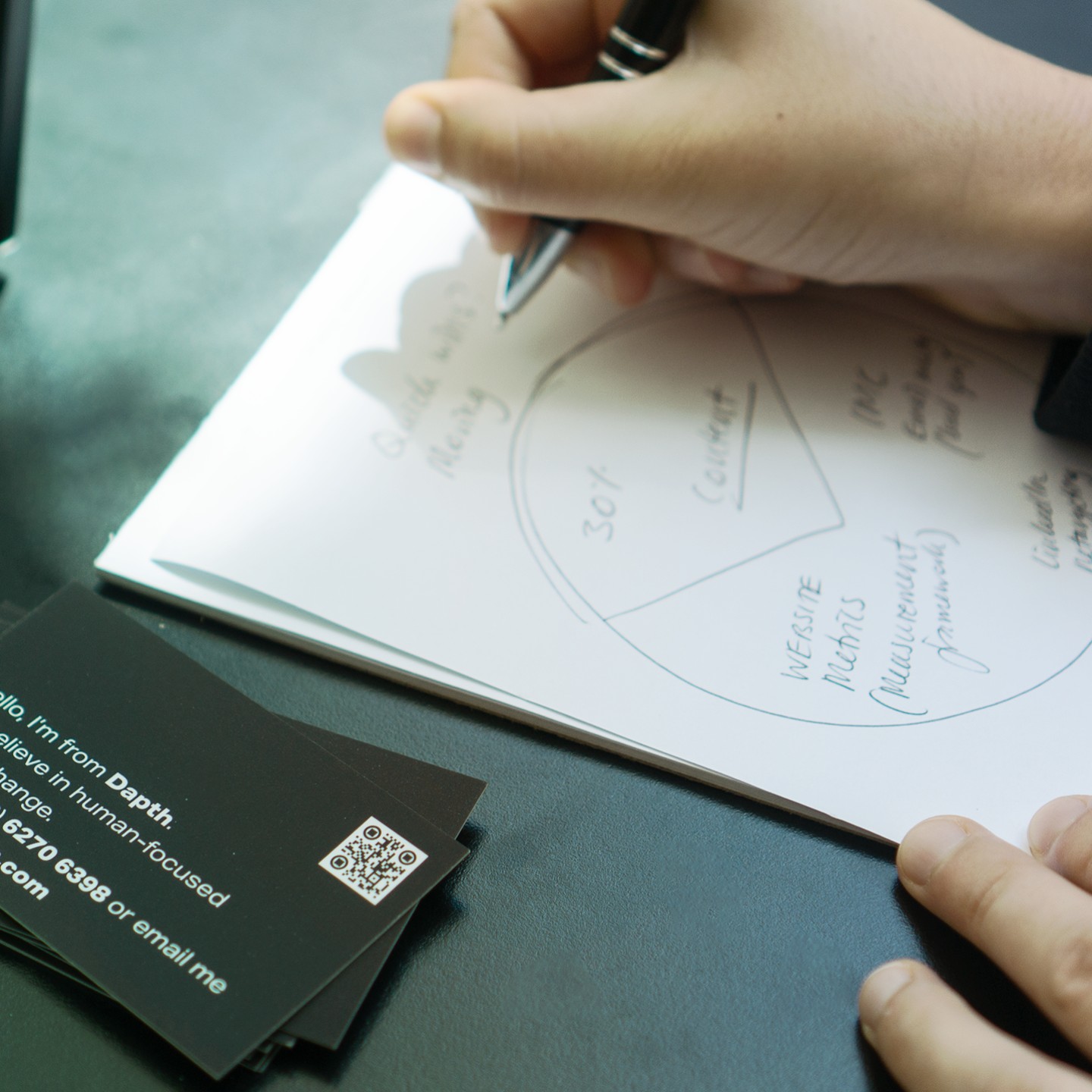
_web.webp)
_web.webp)
_web.webp)

_web.webp)

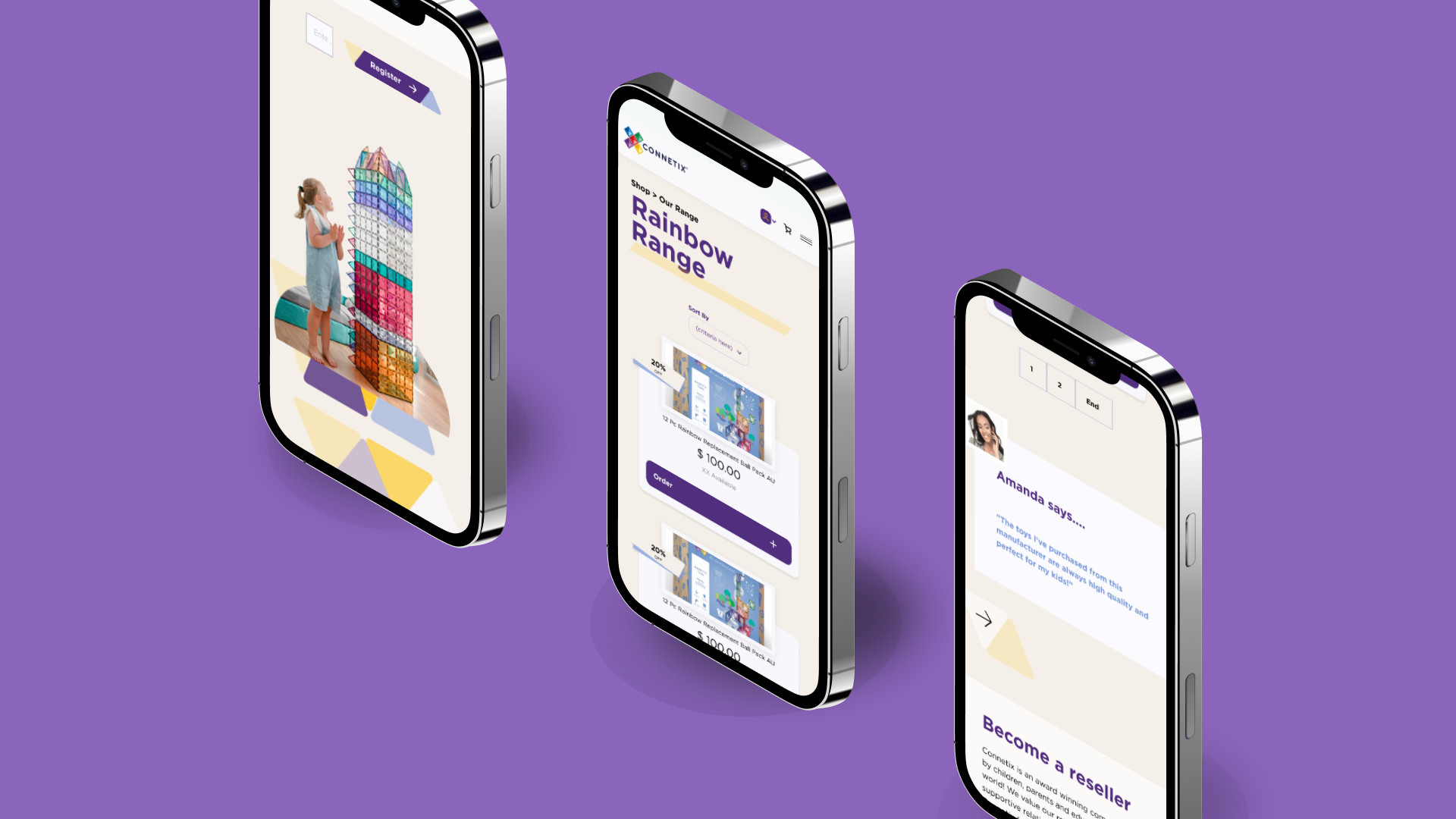

_web.webp)

